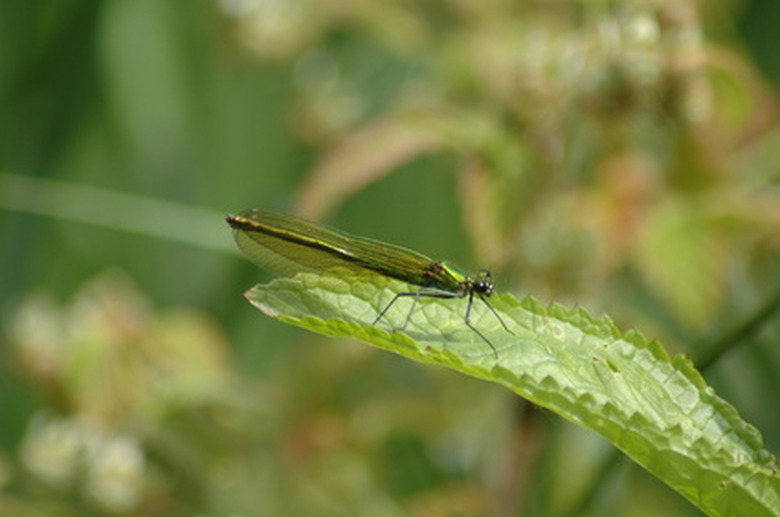Dragonfly Learning Activities For Preschool
Dragonflies are most often thought of as pond insects, but they may live in other environments, including deserts. Dragonflies lay their eggs in water or on vegetation floating on top of the water. The tiny eggs hatch within a few weeks, or they may overwinter. The larvae resemble tiny dragons; hence their name. Adult dragonflies are fierce predators, and males defend their territory from other males. Plan to spend at least one week studying these fascinating creatures.
Introduce the Subject
Introduce the Subject
At group time, show pictures of dragonflies and ask the children if they've ever seen these insects. Ask them what they know about the dragonflies and make a chart of their responses. Ask questions such as what do dragonflies eat? Where do they live? Why are they called dragonflies? Read books about dragonflies or search the Internet together for basic information.
Dragonfly Art
Dragonfly Art
Bring the photos of the dragonflies to the art table, or if possible, find some toy dragonflies. Point out the parts of the dragonfly, how many legs it has and the patterns on the wings. Draw dragonflies using pencils, crayons or markers first so children pay attention to the details on a dragonfly's body. Provide other art media, such as clay, paint and collage, to make dragonflies. When children draw pictures of the subject they are learning about, they tend to make close observations and become more aware of small details.
Math Activities
Math Activities
Buy a set of toy dragonflies, or draw dragonflies and make the pictures into small laminated cards. Use the toys or cards in your math center. Count them, pattern them, sort them or weigh them. Bury dragonfly toys in the sand table for a sensory activity. Freeze the dragonflies in a bowl of water. Invert the ice mold onto a tray and provide eye droppers, spoons and warm water. Show the children how to use the eye droppers to put water on the dragonflies, eventually melting them. This activity teaches about physical properties and builds fine motor skills.
Literacy Activities
Literacy Activities
Read stories about pond life, such as "Over in the Meadow" by Ezra Jack Keats, "Are You a Dragonfly?" by Judy Allen and Tudor Humphries, or "In the Small, Small Pond" by Denise Fleming. Make charts detailing the animals that live in a pond or do a journal activity using a prompt, such as "What would you do if you were a dragonfly?"
Movement Activities
Movement Activities
Cut lily pad shapes out of green tagboard and laminate them for durability. Spread them on the floor so they are about 12 inches apart. Have the children pretend to be dragonflies, flitting from one lily pad to the next. Ask the children to hop, skip, jump or walk from one lily pad to the next. Line the lily pads up in a row and give the children bean bags to toss at them.
References
Cite This Article
MLA
Christensen, Julie. "Dragonfly Learning Activities For Preschool" sciencing.com, https://www.sciencing.com/dragonfly-learning-activities-preschool-7849895/. 22 November 2019.
APA
Christensen, Julie. (2019, November 22). Dragonfly Learning Activities For Preschool. sciencing.com. Retrieved from https://www.sciencing.com/dragonfly-learning-activities-preschool-7849895/
Chicago
Christensen, Julie. Dragonfly Learning Activities For Preschool last modified March 24, 2022. https://www.sciencing.com/dragonfly-learning-activities-preschool-7849895/
